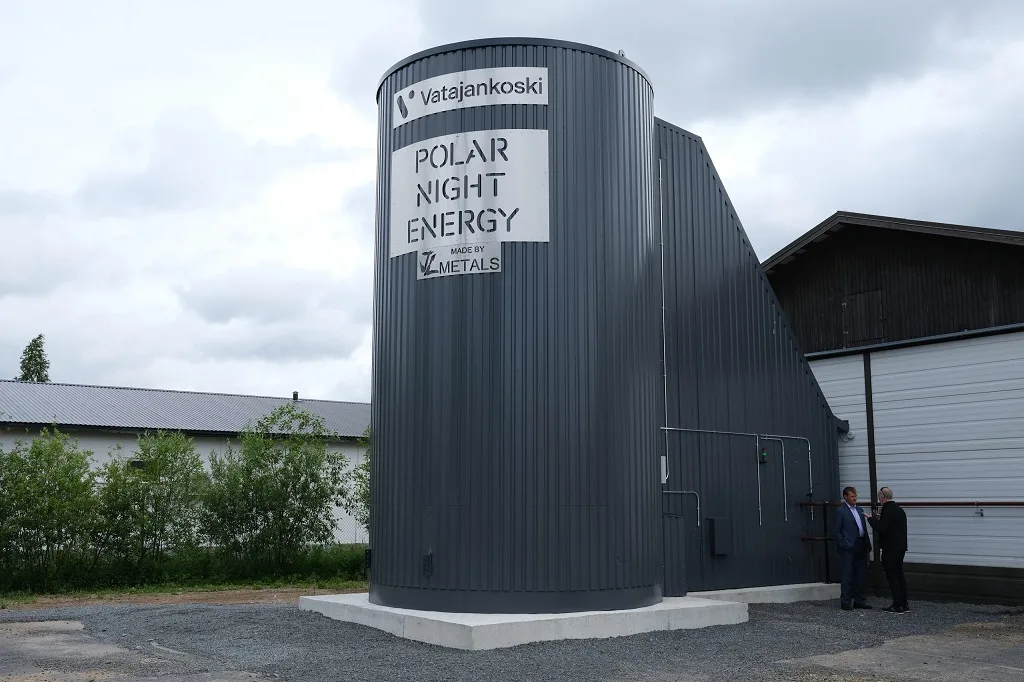
Sand Battery Technology: Pioneering Sustainable Energy Storage
As global energy demands continue to rise, the quest for innovative, sustainable storage solutions has become more urgent. Sand battery technology, a groundbreaking approach to energy storage, has emerged as a promising solution. This article delves into the origins, mechanics, applications, and potential of sand batteries in transforming energy storage and addressing climate change.
What is Sand Battery Technology and When Did It Appear?
Sand battery technology was developed as a novel method to store energy using one of the most abundant materials on earth: sand. It first appeared in the early 2020s, spearheaded by researchers looking for environmentally friendly and cost-effective storage solutions. This technology harnesses the inherent thermal properties of sand to store energy in the form of heat, which can be later converted back into electricity.
The development of sand batteries is part of a broader movement towards sustainable energy practices, aligning with global efforts to reduce reliance on fossil fuels and decrease greenhouse gas emissions. The simplicity of the concept, combined with the scalability of using sand, offers a versatile and potentially global solution to energy storage challenges.
How Does It Work and How Effective Is It?
Sand battery technology utilizes an electric heater to convert electrical energy into heat, which is then stored in a container filled with sand. The high specific heat capacity of sand allows it to store a significant amount of heat. When energy is needed, the stored heat is transferred to a heat exchanger, generating steam that drives a turbine to produce electricity.
The effectiveness of sand batteries lies in their ability to store energy for long durations, which can be particularly useful for balancing grid demand. They are capable of storing heat for up to several weeks without significant losses, making them an excellent option for managing intermittent renewable energy sources like solar and wind.
Moreover, the materials used in sand batteries are non-toxic and abundant, reducing the environmental impact compared to traditional battery technologies that often use rare or hazardous materials.
Where Is It Already Used?
Sand battery technology is currently in use in several pilot projects around the world, particularly in countries with high penetration of renewable energy sources. For example, in Finland, a sand battery system has been successfully integrated with a district heating network, providing an efficient way to store excess energy generated from renewable sources.
These projects not only demonstrate the viability of sand battery technology but also help refine the systems for larger-scale applications. The technology is also being explored in industrial processes that require high temperatures, where excess heat can be efficiently stored and reused.
In addition to energy storage, sand batteries are used in residential heating systems, particularly in regions with significant seasonal variations in energy demand. This application underscores the versatility and adaptability of sand battery systems to different energy needs and climatic conditions.
As more data becomes available from ongoing projects, the potential for widespread adoption of sand batteries continues to grow, indicating a robust future for this innovative technology.

And Where Else Can It Be Used?
Beyond current applications, the potential uses for sand battery technology are vast. One promising area is in disaster-prone regions where traditional energy infrastructure may be unreliable. Sand batteries can provide a stable energy supply when other systems fail, due to their resilience and low maintenance requirements.
Additionally, the scalability of sand battery technology makes it suitable for use in large-scale energy storage projects, such as those required for national electricity grids. Its ability to store large amounts of energy could fundamentally change how grids are operated and managed.
Another potential application is in remote or off-grid locations, where sand batteries could offer a more stable and sustainable energy supply compared to diesel generators or other less environmentally friendly options. This could significantly improve the quality of life in remote communities, while also reducing their carbon footprint.
Finally, sand batteries could play a crucial role in the transition to electric vehicles (EVs) by providing more efficient ways to store excess renewable energy, which can be used to charge EVs during periods of low demand.
How Effective Is It?
The effectiveness of sand battery technology is measured not only in its capacity to store energy but also in its environmental impact. Studies indicate that sand batteries have a significantly lower carbon footprint than conventional batteries, making them an attractive option for sustainable development.
Furthermore, the long-term storage capabilities of sand batteries could help stabilize renewable energy supplies, reducing the need for fossil fuels and helping to mitigate climate change effects. The technology’s low cost and low environmental impact could also accelerate its adoption, potentially leading to a more sustainable energy future.
Overall, the development and implementation of sand battery technology represent a significant step forward in energy storage solutions, offering a practical, effective, and sustainable alternative to traditional methods.
